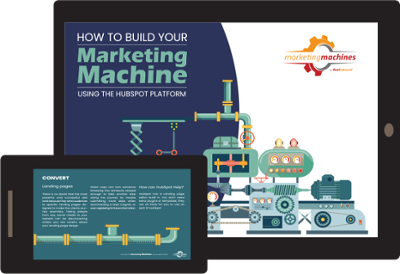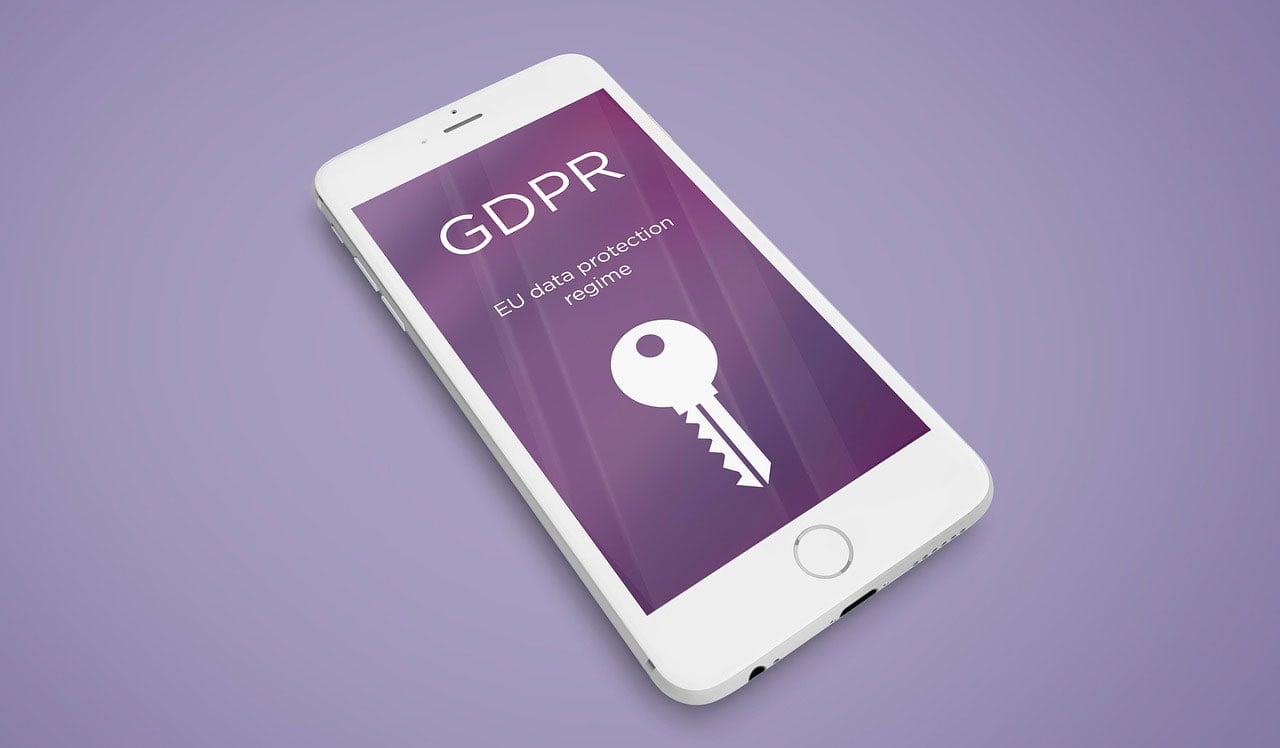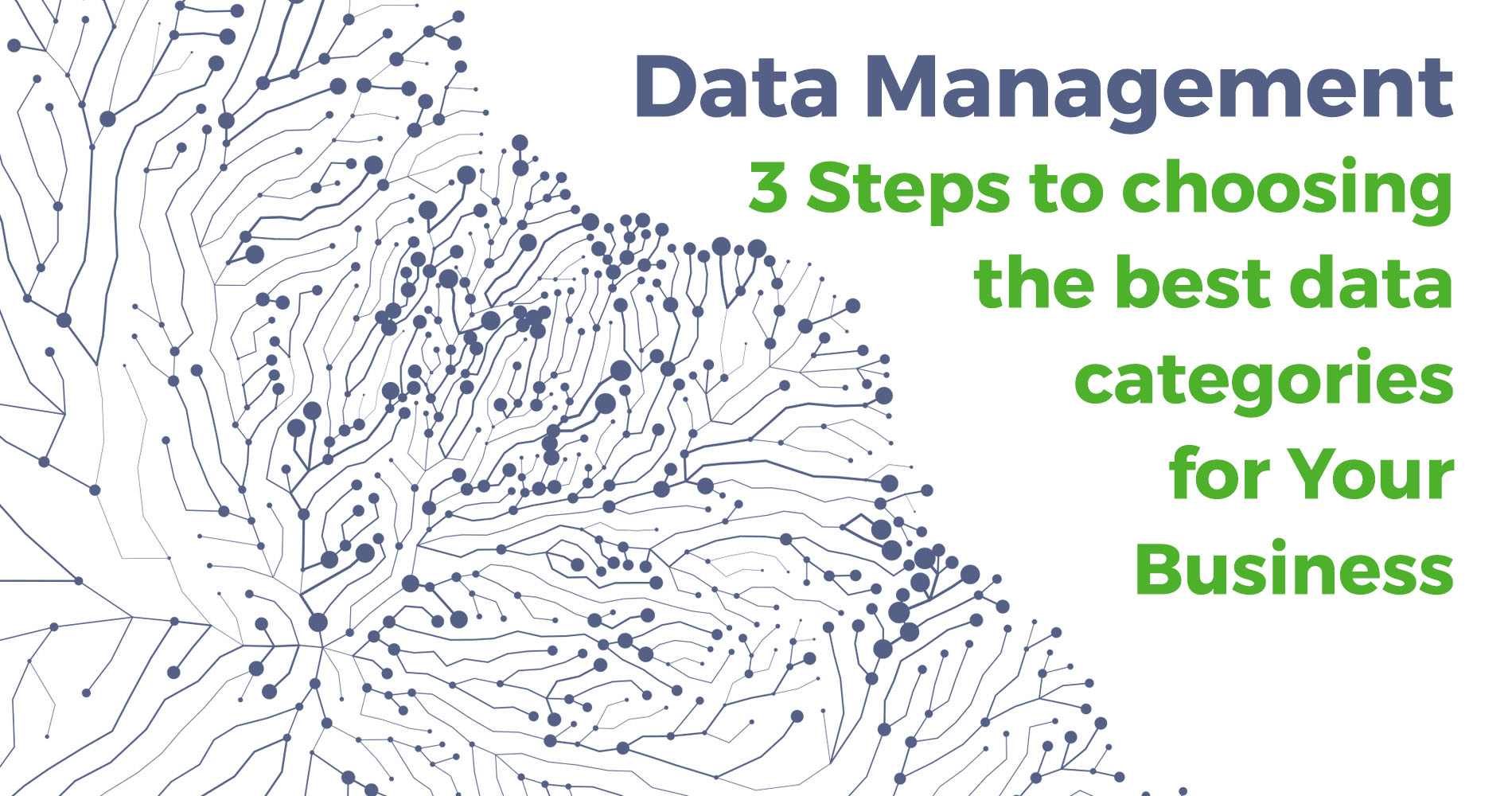Design is one of the most crucial elements of your user interaction. And typically, design is considered an art rather than a science. However, design is a compilation of both art and science, specifically data and information science. Undoubtedly, collecting and analysing data is one of the critical components of ensuring a better user experience.
There's no easier way to rip off the Band-Aid, but here's the truth: most designers have no idea what data-driven design is. In fact, even the small percentage of experts who understand data-driven designs would rather ignore than use to improve user experiences.
Many designers don't see the need to incorporate data into their designs or use it at a limited level. Actually, understanding data-driven designs makes them more relatable and accessible to designers of all experience levels.
The Importance of Data in the Design Process
Typically, designers believe they understand what the users need. The unfortunate part is that how they come up with this idea doesn't include any form of research. Designers are always captivated by their designs, and that's a significant flaw. That's because the vast majority of designers aren't users.
With that in mind, without data to help designers make appropriate and strategic decisions on making the best user experience, it's like throwing darts in the dark with the hope of hitting your mark.
Date helps designers so that they can create the most effective design for the people who will use the product. More importantly, data can come in different forms, including secondary and primary sources. However, the most crucial part of this process is figuring out which data set is essential and worth using as a base in your design.
Finding the Best Data
Without a doubt, finding the best data to use for your design will require an extra set of keen eyes that can only be developed through experience. More importantly, you will need to study various data to determine the most effective one to use. Data that you can examine include website and app analytics, user interviews, behavior flows, A/B tests, and other types of UX research.
The best part is that the more designers gather data before the actual design begins, the more detailed the final product will be. Additionally, some types of data require at least a prototype to get started. Generally, these prototypes depend on industry data and other similar projects.
Getting started with design analytics
If you are looking for the richest data source, then analytics is your best option, especially during the redesign of a website. That's because designers can use this opportunity to tap into the analytics information and determine what works and what doesn't.
The designer can look at the popular pages, the average time-on-page, and bounce rates through design analytics. These numbers will help in reconstructing the website to suit the customers. More importantly, that will also provide more insight into lowering bounce rates and increasing time-on-page.
Typically, a high exit and bounce rate will indicate that the page doesn't have all the visitor's information. Another reason could be that the information on that page might prove to be difficult for the visitor to understand.
If a page performs well during the redesign, you should also monitor its performance after the change. An improvement will mean that the changes are working effectively, and vice versa can also be true.
Another vital piece of analytics that can be used as a benchmark is how the site or app performs compared to others in the same industry.
Learning how to use A/B and Multivariate test results
A/B and Multivariate test results are closely related analytic tools that can help you find different versions of an app's or website's performance. Over the years, A/B testing has proven to analyse marketing techniques and engagement effectively. Technically speaking, A/B testing tests one element change in the design, for instance, the website's colour or the colour of a button on your site. On the other hand, Multivariate tests more than just one variant change, for instance, change in the entire front page. Both tests can be used to improve user experience and also help in creating data-driven designs
Use of Behavioral flow
In simple terms, behavioral flow studies the movements of visitors on your website, from their interaction with the first landing page to the last page they view before leaving your site. Most UX experts use this technique to design the User interface, but they never give it much thought. The best tool to help you determine behavioral flow is Google Analytics.
User research
Finally, another element that could potentially help you in creating data-driven designs is user research. This technique assists designers in making better user experiences and influences user behavior by turning them into sales.
Conclusion
Understanding data-driven designs is a long process that is extremely relevant to designers. That is why it is crucial to dive deep into research and discover additional tools that could aid you in this process. Typically, the data-driven design allows designers to create the best possible websites focused on the consumer and backed by data.





